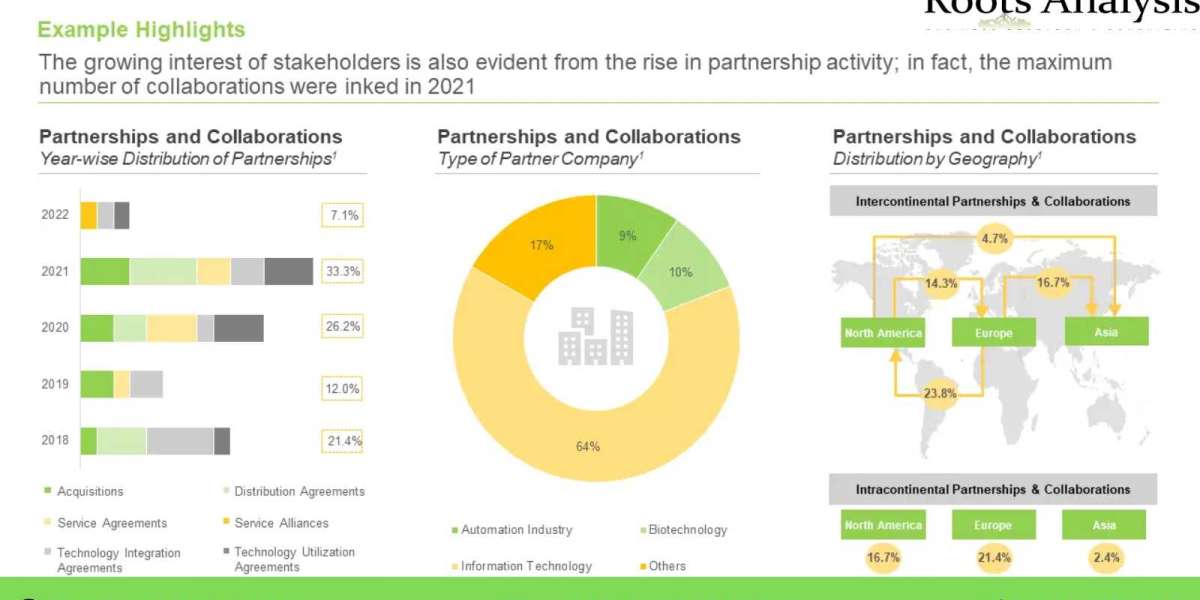360 Degree Camera Industry Overview:
According to the market's latest report, the global 360 Degree Camera Industry has been expected to increase at a CAGR of 25.17%, with a value of USD 2993.6 million over the estimated forecasting period of 2020-2026.
The applications of the 360-degree camera have risen significantly in the upcoming years. Due to the on-growing demand of the people, the global market has increased hugely. It is generally more popular in video games. The 360-degree cameras eliminate the need for many regular cameras that reduce the installation time and costs while increasing public awareness of the current market situation. The utilization of 360-degree cameras is developing in several applications, including pictures, sports, events and festivals, which means the 360 Degree Camera Indu stryhas good expectations in the upcoming estimated quarters. Due to its potential to generate a simulated environment with integrated vision, sound and data systems.
It is usually equipped with dual fisheye lenses, with at least a 180-degree field of view, on either side of the camera's body. Like the digital single-lens reflex, action and mirrorless cameras, the wireless 360- degree camera can easily connect to smartphones via Wi-Fi or Bluetooth, making editing, transferring, post-processing, and sharing on social media easier and faster. Due to the global pandemic, several industries have faced a huge loss. Most manufacturers and industrialists have faced a huge loss in the business sectors. During the lockdown, international commercial activities have completely stopped. That is the main reason the entire share market has crashed.
Get a FREE Sample PDF@ https://www.marketresearchfuture.com/sample_request/3688
360 Degree Camera Industry Key Players
Samsung Electronics (South Korea), YI Technology (US), LG Electronics (South Korea), Ricoh (Japan), Kodak (US), PANONO (Professional 360GmbH) (Germany), GoPro (US), Insta360 (China), Digital Domain Productions (US), 360fly (US), Immervision (Canada), Nikon (Japan), Rylo (US), Bubl (Canada), Xiaomi (China)
Buy Now report with Industry Analysis@ https://www.marketresearchfuture.com/checkout?currency=one_user-USDreport_id=3688
Market Segmentation:
As per the latest 360-Degree Camera Market Report, the global 360-Degree Camera Market has been segmented into seven types resolution, distribution channel, connectivity type, camera type, vertical, application and regional basis. According to the resolution, the market has been classified into two steps such as high-definition and ultra-high definition. With the distribution channel, the market has been divided into three types: online stores, single-brand stores and multi-brand stores. The global 360-Degree Camera Market has segmented the connectivity type into two sections: wired cameras and wireless cameras. The vertical part is further divided into eight categories: media entertainment, consumer, military defense, travel tourism, automotive, commercial, healthcare others. With the regional basis, it is further divided into five sections such as Asia-Pacific, Europe, North America, South America and Middle East Africa.
Enquire for Discount@ https://www.marketresearchfuture.com/check-discount/3688
Regional Analysis:
North America holds the largest 360-Degree Camera Market share in the global market. Based on the wide applicability and spread of the new technology, the global market has been estimated to increase a huge profit within the upcoming period. However, developing countries like India, Japan, China, Malaysia and other regions have focused on the production of the 360-degree camera, which definitely led this market to rise significantly. However, the Asia-Pacific region has been continuously focusing on generating and developing more industrial sectors as well as large infrastructure facilities to produce more products.








